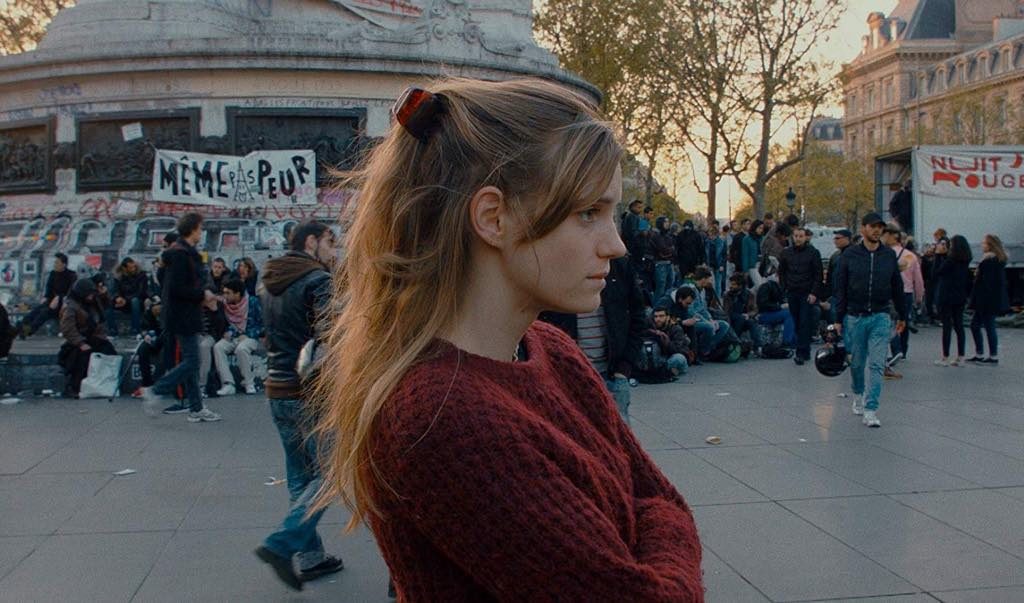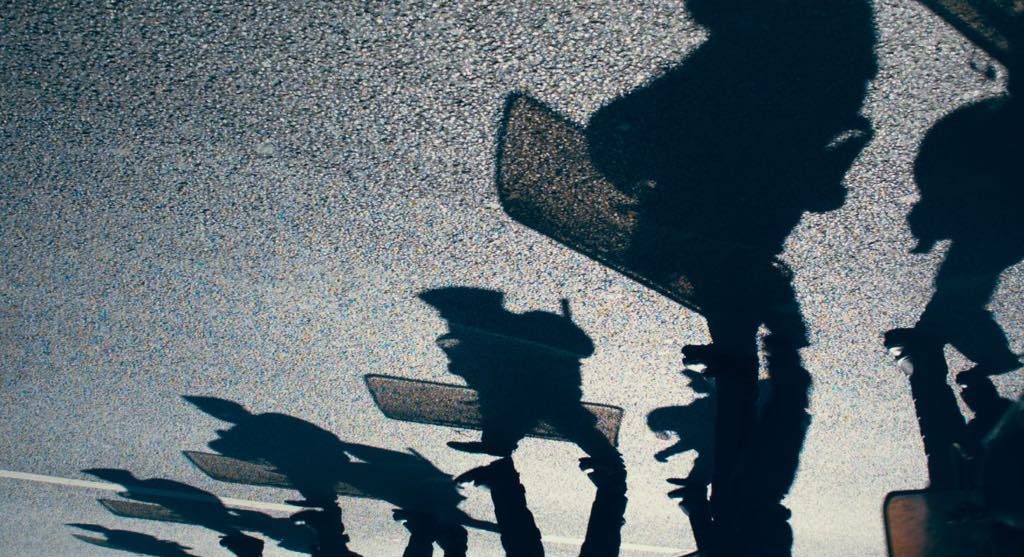On February 22, Netflix released the film Paris Est à Nous (Paris Is Us), directed by Élisabeth Vogler, which was filmed on a shoestring in Paris against the backdrop of real events that were taking place at the time, among them Nuit Debout (the Occupy movement), the Fête de la Musique, demonstrations after the terrorist attacks and President Emmanuel Macron’s speech at Johnny Hallyday’s funeral.
Originally meant to be called Paris Est une Fête, the French title of Hemingway’s A Moveable Feast, it received a deluge of attention on social media when a Kickstarter campaign (which eventually brought in over €90,000) was launched last year to raise funds for postproduction and communications costs. The enterprising group of young people behind the project promised to make a film that would be the voice of their generation.
A quick plot summary: Anna (Noémie Schmidt) meets Greg (Grégoire Isvarine) at a techno club. They bond immediately (under the influence of a certain love drug?) and become a couple. We see them in various locations around the city, either kissing and cuddling, or arguing (in far too many scenes and for too long). Greg is going to move to Barcelona and wants her to come along, but she doesn’t want to and doesn’t understand why his desires should have priority over hers.
On her way to spend a weekend with him in Barcelona, she misses the plane. When she hears that the plane has crashed, with no survivors, this near-miss causes something to snap inside her. She spends much of the second half of the film running around Paris looking anguished as sirens scream, rows of policemen in riot gear advance on demonstrators and tear-gas canisters explode.
Intercut with these scenes are shots of Anna (who is usually dressed like a student, with no makeup) all dolled up in a blond wig, a dress and full makeup, gyrating in the empty Théâtre des Bouffes du Nord. What that’s all about is a mystery to me, but then many things in this movie don’t make much sense, although there are some intriguing images here and there, such as that of the riot police shadows above, or the shots of empty Paris streets at the end of the film.
In the end, Paris Est à Nous is the not-very-convincing story of Anna, who happens to be in a particular place at a particular time. The film doesn’t really have anything to say for its generation, except perhaps to express the same message every youthful generation has expressed to its elders: “Hey, you fucked up royally. Look at this mess you have left us in!”
Favorite


